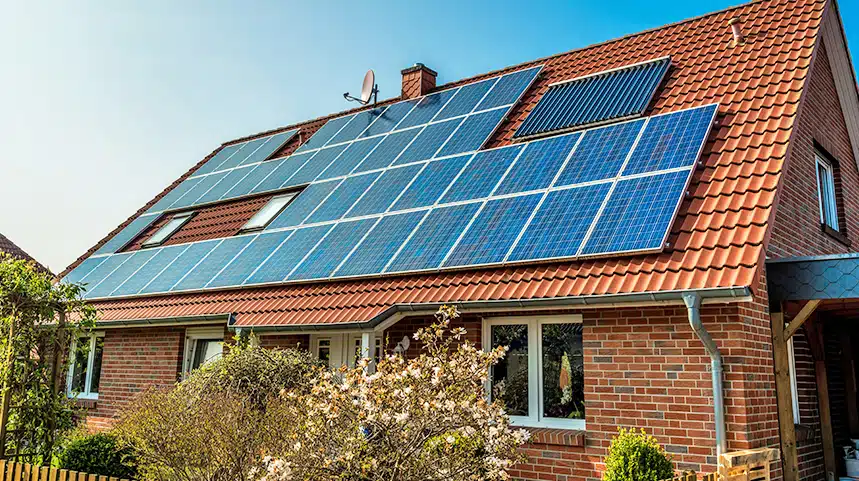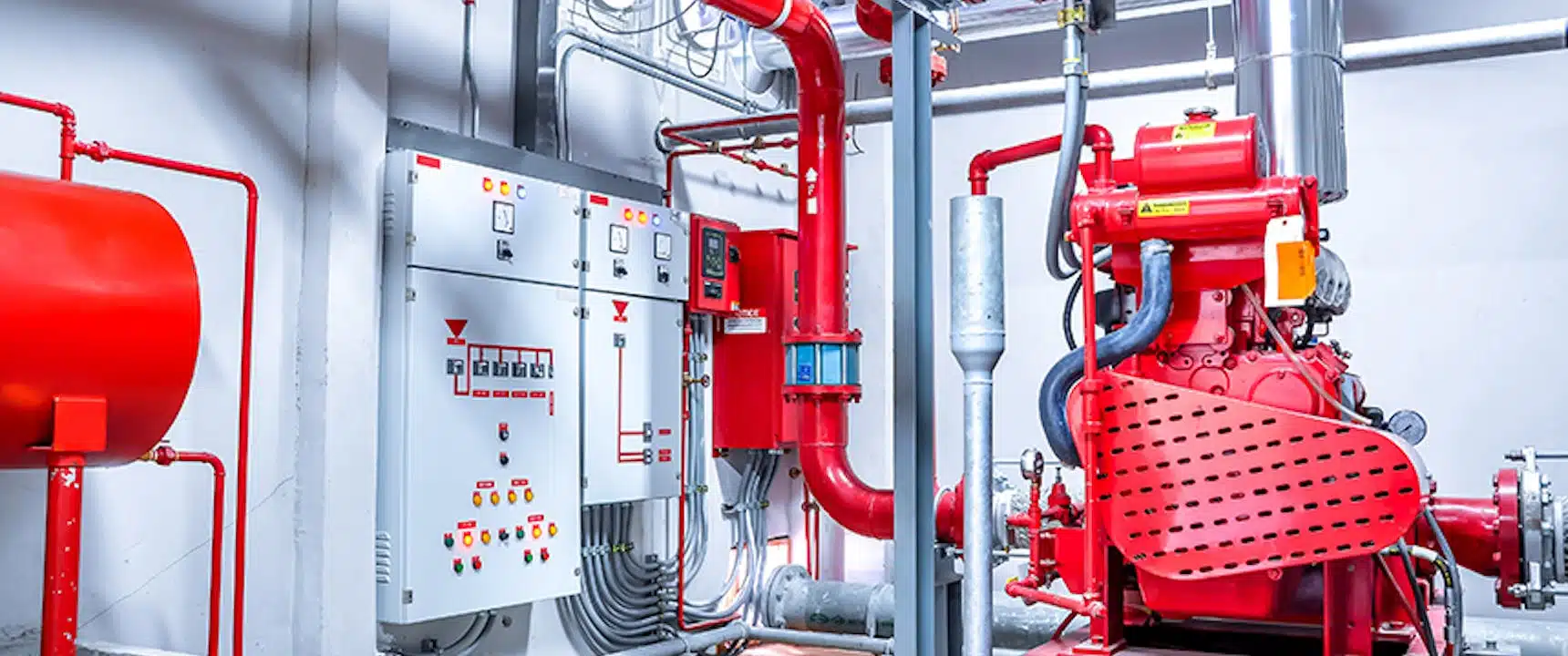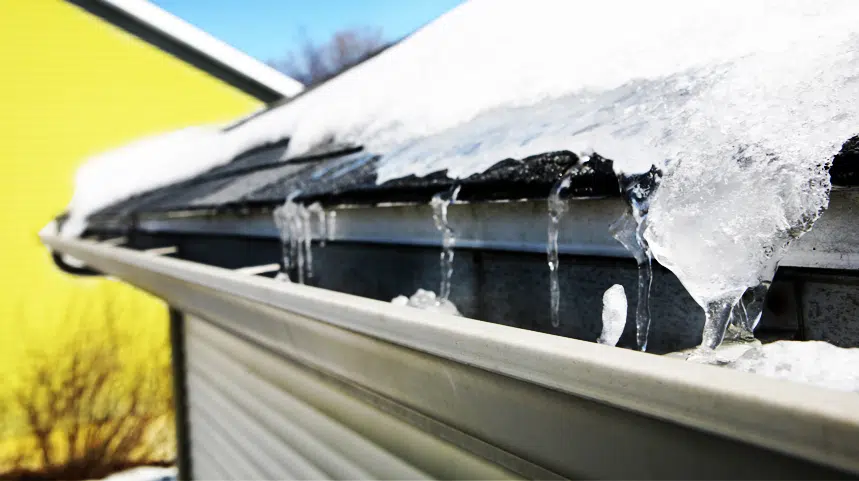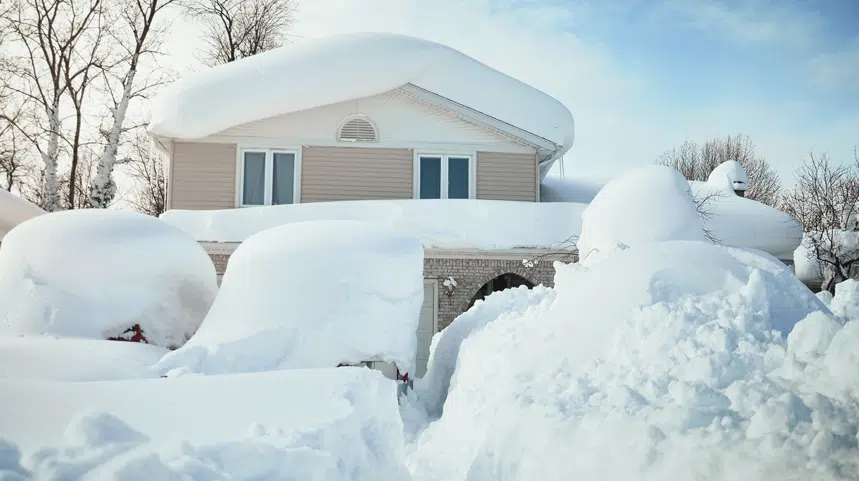
Draftiness becomes particularly bothersome with the onset of winter. Whether it’s doors, windows, baseboards – or even electrical outlets – …

Knowing what qualifies as good attic ventilation is not common knowledge, but without it your home can see a lack of proper air circulation. And without proper circulation, moisture can build up causing severe damage to the structure of your home. So, to understand if your home could benefit from more or less attic ventilation, let’s take a closer look at a few common misconceptions.
Just like your air conditioning or furnace, your attic ventilation should be properly sized to your home. Not enough ventilation can lead to too much moisture, and not enough ventilation can be equally harmful. If you’re not sure your attic is properly insulated, consult a professional. The key is balance: the amount of space you devote to intake must be equal to the amount you allow for exhaust, and these must be calculated according to size.
Contrary to popular belief, the colder it is outside the more your home will benefit from attic ventilation. People tend to think that roof vents are to keep the attic cool during the warmer months, but there are several other and much more cost effective ways to do so that include picking the right shingle color and limiting sun exposure. However, preventing moisture damage to your attic is much more important and this occurs more in the winter months.
Warm air does rise, but the common misconception that warm air rises and escapes through your roof vents, and causes a drag on your electrical efficiency is simply not true. The culprit is almost always poor insulation. Unless your roofing system has insulation on the roofing deck, your furnace should be heating your attic. If you’re concerned that your roof vents are causing excess heat, wait til the sun goes down and measure the temperature in your attic. It should be fairly close to the temperature outside.
There’s several different types of roof ventilation systems, but determining which ones do more good than harm can be tricky. Gable vents only circulate through a small percentage of your attic, while soffit vents can leave air trapped at the top of your attic. Trying ridge vents that are the most effective and cost-effective option currently on the market. If you’re unsure of what your attic currently has, consult a professional to see if you should upgrade your roof ventilation system.
The risk of not having proper air ventilation in your attic can cause long-term costly damage. Installing a quality air ventilation system will ensure your home is in great condition from top to bottom!

Draftiness becomes particularly bothersome with the onset of winter. Whether it’s doors, windows, baseboards – or even electrical outlets – …

1. The Solar Energy Market is booming According to the Solar Energies Industry Association, solar energy is off-the-charts popular with residential …

In fact, one of the most popular commercial weed killers, Monsanto’s Roundup product, is based on a chemical called glyphosate, …

A frozen fire sprinkler system can present just as much threat as a fire and can cause an equivalent amount of …

Many newer-modeled homes are beginning to insulate attics to decrease the heat and energy loss. Having an uninsulated attic can …

There are a few ways to keep your home in the best shape for severe winter weather, so make sure …